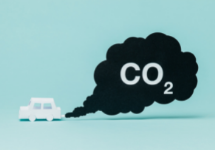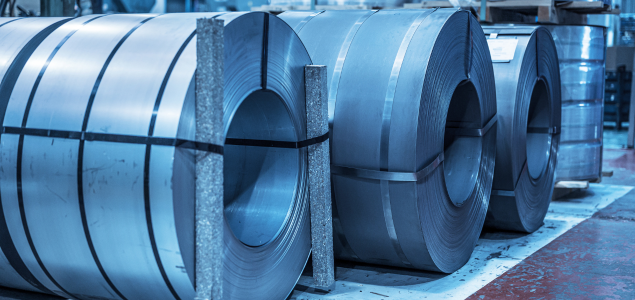
Transport - The analysis reveals the need for segmentation of actions. Substituting 100% electric vehicles for thermal vehicles is cost-effective, depending on usage, in the short and medium term. By 2030, hydrogen only represents an option for heavy and long-distance transportation. The use of biofuels must take into account resource potential constraints and should be reserved for uses where they represent one of the only available options (such as air transport).
Electricity - The decrease in costs of variable renewable energies (wind and solar) leads to an expectation of a significant increase in their share in the electricity mix. The evaluation must then take into account not only the production costs at the power plant, but also the "system costs" for the continuous balancing of supply and demand. Compared to a reference mix retaining a share of natural gas, the cost of its complete decarbonization is, by 2050, much lower than the CAV (climate action value).
Hydrogen - Hydrogen is currently used as a raw material in the chemical industry, where it is produced by steam reforming of natural gas. Production with carbon capture and storage can already be cost-effective. Massive hydrogen production from electricity, through electrolysis, leads to significant efficiency losses and will only make sense for decarbonization when the European electricity system has been largely decarbonized. At that point, and with hydrogen storage, it will even play a role in balancing the electricity system. Finally, as a decarbonized energy carrier, hydrogen should be primarily applied to specific uses (such as chemistry and steelmaking) and where direct electrification is impossible, such as long-distance transportation that cannot be equipped with batteries.
Residential buildings - The renovation of buildings represents a very important source of CO2 reduction at a moderate cost to society. In particular, the renovation of the five million "energy sieves" is essential from today. The balance between energy efficiency actions and the use of decarbonized energy carriers (electricity, renewable heat, and bio-sourced gas) remains difficult to determine. In terms of economic efficiency, the optimal level of ambition for programs - the transition to class B or C of the energy performance diagnosis - depends on the existence of a high-performing renovation offer and, on the availability and cost of future decarbonized energy carriers.
Industry - Industrial emissions come from four main components: steelmaking, cement production, chemicals, and other industries. For steelmaking and cement production, emissions from the transformation of materials (iron ore and limestone, respectively) represent a significant share of the total emissions. Cement production will require first a reduction in the proportion of clinker, then carbon capture and storage for decarbonization. In all industries, the search for greater energy and raw material efficiency is necessary, and the principles of the circular economy must be applied.





